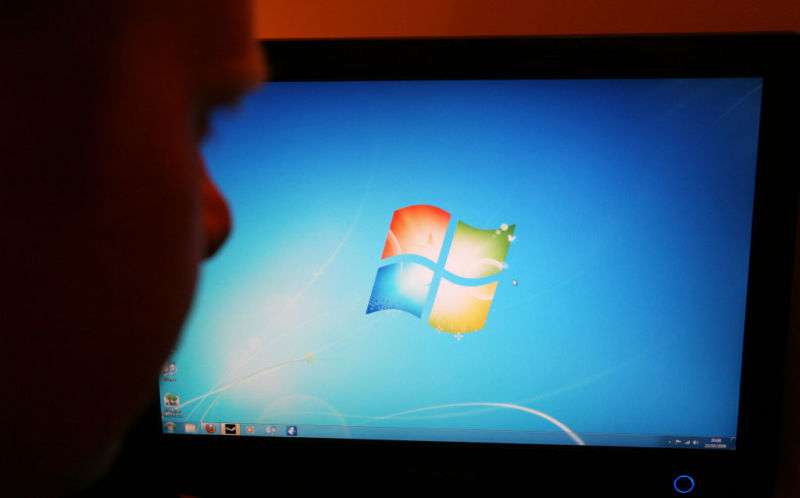
Windows 7: “I’m not dead yet!”

We are here to bury Windows 7, not to praise it. Today is the day that Microsoft’s extended support for the Windows 7 operating system ends. Microsoft stopped selling Windows 7, which was first released in 2009, on October 13, 2013. Sales of systems with Windows 7 pre-installed ended three years to the day later in 2016. It lived a long life and is survived by Windows 10 and maybe a few remaining instances of Windows 8.
But it seems most organizations are in no hurry to cast off the now-unsupported Microsoft operating system, based on a survey from the enterprise content delivery company Kollective. A survey of 100 US- and UK-based companies found that overall, 53 percent of companies had not completed or had not started migration off of Windows 7 to Windows 10.
The continued presence of Windows 7 was more prevalent in the UK, where two-thirds of businesses are still using the operating system on at least some devices. US businesses were more likely to have moved on, with 40 percent reporting they still had Windows 7. But one-tenth of those surveyed had no idea whether Windows 7 was still running on devices within their organizations.
There is plenty of anecdotal evidence of even more widespread continued use of Windows 7, particularly in the public sector. The IRS was still working to upgrade its computers to Windows 7 from Windows XP in 2015. A visit to any library that has public computers, or any government office, will yield sightings of Windows 7 systems still handling much of the workload. And let’s not even start talking about doctors’ offices, hospitals, and all of the medical devices running on Windows 7.
Microsoft has thrown a lifeline to companies still not ready to migrate, similar to what they did with Windows XP: a paid extended support package that this year will cost organizations $25 per device running Windows 7 Enterprise and $50 per each Windows 7 Pro PC. The support’s cost will double each following year for both, leveling out at $100 per Windows 7 Enterprise license and $200 per Windows 7 Pro license.
You might see that as a strong incentive to migrate quickly. But it’s sure to be a significant source of revenue for Microsoft as well, considering the fees paid by large companies and government agencies to maintain Windows XP support. In 2015, the US Navy paid Microsoft $9 million to keep supporting Windows XP, Office 2003, Exchange 2003, and Server 2003—a deal that had options to continue support until 2017 for up to $30,842,980.
The greatest danger, however, is in “zombie” systems that continue to live on without support. In 2017, Microsoft was forced to release an emergency patch for Windows XP and other unsupported Windows versions because of the WannaCry destructive malware outbreak, in part because of the continued use of those operating systems by hospitals and other critical organizations.




